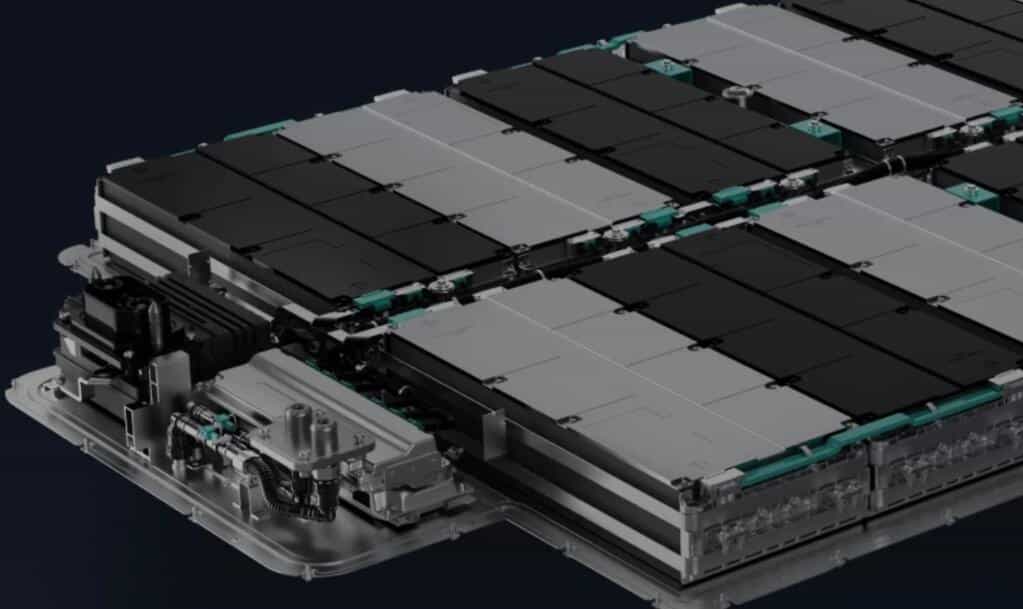"The new generation of batteries is solid-state batteries or a gradual transition to all-solid-state lithium batteries," said Chen Liquan, a member of the Chinese Academy of Engineering, in a recent speech at the 2021 China EV100 Forum.
The current battery is the lithium-ion battery, and the electrolyte is a flammable liquid electrolyte, which can easily cause safety concerns. In addition, its energy density has reached the limit of liquid lithium-ion batteries, Chen said.
The negative electrode material of solid-state lithium batteries can be a composite negative electrode of silicon nanoparticles and graphite, and the positive electrode can be a high-voltage lithium manganate, lithium-rich manganese-based material, or lithium-free positive electrode material.
The electrolyte of the solid-state battery is a solid electrolyte, which can reach an energy density of 300-450 wh/kg, Chen said, adding that then the next generation of batteries is the far future of lithium-sulfur batteries or lithium-air batteries.
"In the meantime, " Chen said, "sodium-ion batteries should also be developed."
The sodium-ion battery is similar to the lithium-ion battery in terms of process and technology; its negative electrode is also carbon, and the positive electrode can contain only cheaper elements such as copper, iron, and manganese.
The electrolyte is currently a liquid electrolyte, and the next step is to develop a solid-state sodium-ion battery. The current energy density of sodium-ion batteries can be up to 150 wh/kg, high quality ones can be up to 200 wh/kg, he said.


